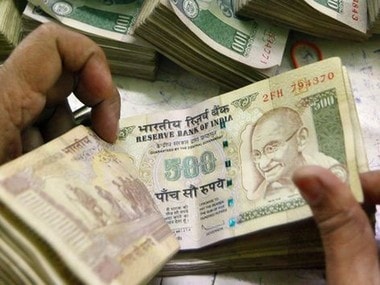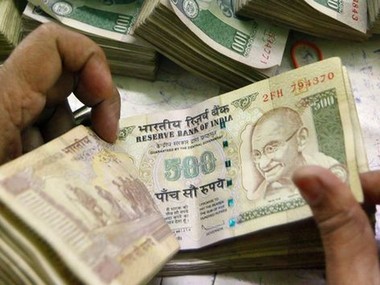Manmohan Singh the former prime minister and P Chidambaram the former finance minister are shouting from rooftops that the growth rate of 5.7 percent in 2016-17 is a conclusive proof of havoc caused by demonetisation and its failure. The government’s and its supporters’ riposte is for god’s sake smell the coffee, tax collections are growing and so are the number of traders borne on the register of GSTN. But then critics would were blinkers when it suits them; they won’t see the long term but only what is here and now. The Modi government must therefore silence the critics by nailing dubious deposits made during the demonetisation period with the help of the much-vaunted forensic software as quickly as possible. That would blunt the charge that demonetisation was not worth it because while it disrupted economic life it did not bring about any concomitant benefit in the form of smoking out the crooks. The dubious role played by some jewelers across the country is the stuff of the legend — a Hyderabad jeweler, for instance, claimed he had taken cash advances worth Rs 90 crore on 8 November from 5,200 customers but it was found he had issued IOUs to just 65 people. While that in itself is curious, curiouser still is the sudden onrush of cash customers in the dead of the night of 8 November, 2016 making a beeline to sundry jewelers across the country. [caption id=“attachment_3993949” align=“alignleft” width=“380”]  Reuters[/caption] Forensic imaging of the digital data has been showing sales invoices backdated. A Delhi-based jeweler, it was found had backdated all invoices each showing same amount of Rs 199,500 and two people who were supposed to have bought gold from him did not exist. The sameness of amount points to huge naiveté. Apparently it was also to duck the TCS (tax collection at source) requirement that was on when cash sale of gold exceeded Rs 2 lakh. The government is probing Rs 1.75 lakh crore of suspected dubious deposits involving 5.6 lakh depositors filtered out of the initial 18 lakh depositors thanks to advanced data analytics tool. It smells rat on the basis of the deposits and sales pattern and income profile of the depositors. Cash sale has been the easiest explanation. It also has a ring of truth given the fact that bulk of Indian households believe in cash and carry mode of buying. In the event, it is not surprising that out of 13.3 lakh accounts representing Rs 2.9 lakh crore of deposits for which the taxman got an immediate response, nearly 60 percent have given the smug explanation ‘cash sale’. While some of the claim may be true others must be exaggerated which compares with the previous year as well as with the months preceding demonetisation would reveal. Scrutiny of purchase bills would also be revealing in terms of their genuineness. The government during the demonetisation period realised that exchange was inimical to the whole exercise. It did well to close exchange counters which witnessed serpentine queues thronged by the jetsam and flotsam of the society doing the dirty job of exchanging for crooks for a small price. Deposits on the other hand leave and indeed have left a more permanent trail. While scrutinising all dubious deposits is undoubtedly a time-consuming exercise even for much-vaunted software, the government must quickly parade a few black sheep before the nation. Naming and shaming a few jewelers who played the handmaiden role of laundering a pile of the demonetised Rs 500 and Rs 1,000 notes and whose scrutiny is over would incidentally name and shame those who used their services. The government in other words should not wait for the whole exercise to be over. Where its investigations are over and reveal thinly-disguised laundering, it must go ahead and boldly publish names. After all jewelers are not bankers in a fiduciary relationship with their borrowers and depositors.
The Modi government must therefore silence the critics by nailing dubious deposits made during the demonetisation period
Advertisement
End of Article


)




